When observing structural damage in residential or commercial properties, recognizing the signs of pest infestations becomes crucial. One notable culprit in this realm is the carpenter ant (Camponotus spp.), a wood-destroying insect that poses significant risks to timber. Among the indicators suggestive of carpenter ant presence, semi-permanent trails have garnered particular attention. This article delves deeply into the relationship between semi-permanent trails and carpenter ant activity, providing a comprehensive overview designed to inform and empower property owners to take proactive measures.
What are Semi-Permanent Trails?
Semi-permanent trails refer to the paths created by carpenter ants as they traverse their foraging routes. Unlike temporary trails formed during brief excursions, these paths become more defined over time, indicating that the ants are consistently using these routes for food gathering or transport back to the nest.
Characteristics of Semi-Permanent Trails
Distinct Paths: Semi-permanent trails often appear as narrow, dark lines along surfaces, usually including wood, drywall, or foundations. These paths are created by the constant passage of ants, resulting in a buildup of pheromones—chemical signals ants use for navigation.
Visible Signs: In addition to the trails, property owners may observe frass (sawdust-like debris), which carpenter ants produce as they excavate wood. The presence of frass often coincides with semi-permanent trails, reinforcing the likelihood of an infestation.
Time-linked Observation: Unlike sporadic activity, semi-permanent trails signify a longer-term establishment of a colony in or around the inspected structures.
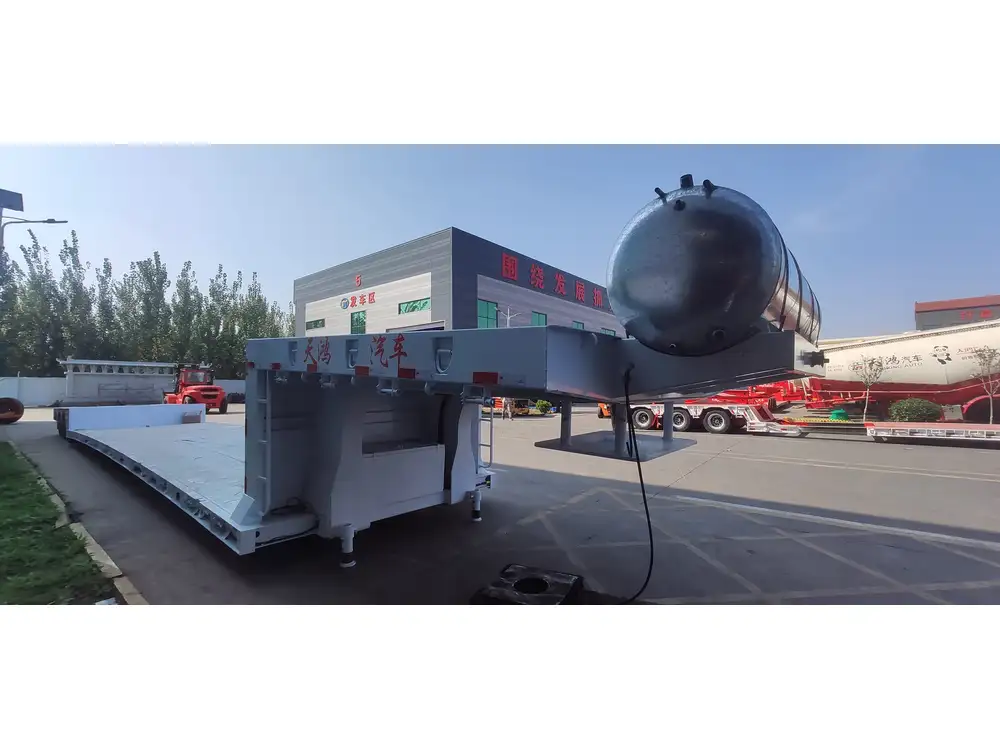
Mapping the Behavior: How Trails Develop
Carpenter ants are social insects that communicate and coordinate through pheromones. When a forager locates a food source, it returns to the colony while marking the route with pheromones, enabling other ants to follow. Over time, as the colony grows and the food source is regularly accessed, this route turns into a semi-permanent trail.
Factors Influencing Trail Formation
- Colony Size: Larger colonies produce more foragers, leading to more defined trails.
- Food Sources: Immediate access to sustenance encourages sustained activity, reinforcing the trail’s prominence. Common food sources include sugary substances and proteins.
- Environmental Conditions: Moist environments are preferable, aiding in the survival of both ants and potential nesting sites.
Carpenter Ant Biology and Behavior
To fully understand the significance of semi-permanent trails, it’s vital to explore the biology and general behaviors of carpenter ants.
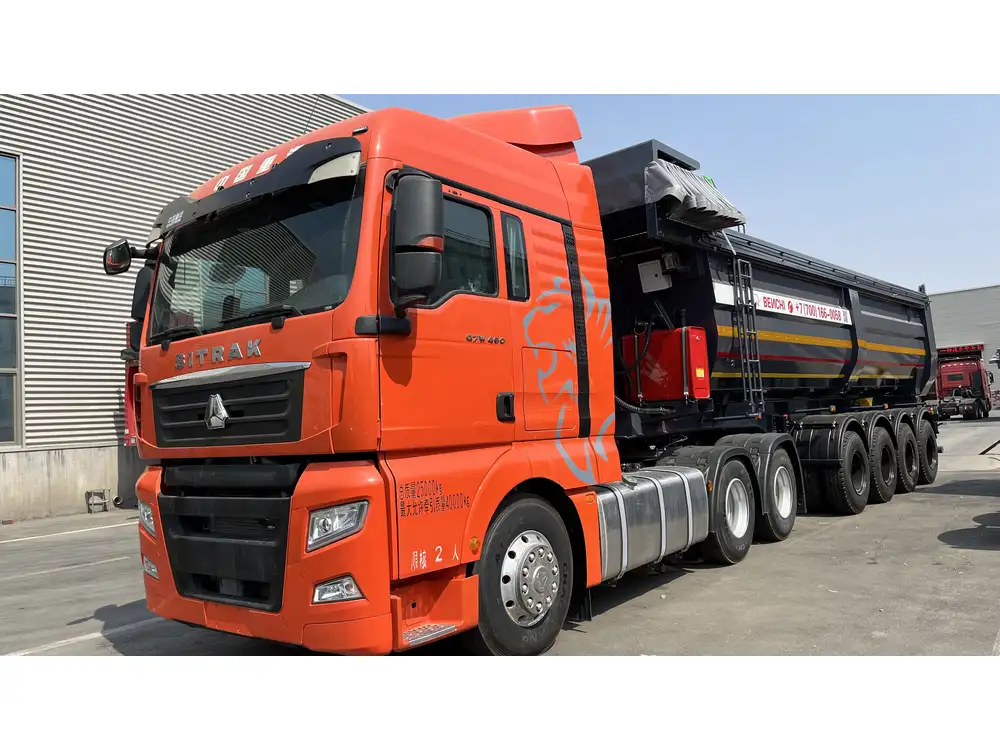
Nesting Behavior
Carpenter ants do not consume wood; rather, they excavate it to create expansive nests. This behavior leads to structural compromises, particularly in moisture-laden wood or in buildings with hidden water damage. Carpenter ants prefer to nest in rotting or damp wood, making them a dual threat—damaging both the habitat and structural integrity.
The Life Cycle of Carpenter Ants
- Egg: The life begins from an egg laid by the queen.
- Larva: After hatching, larvae are fed by worker ants.
- Pupa: Larvae pupate and undergo metamorphosis.
- Adult: Once fully developed, they join the colony’s workforce, furthering the cycle of activity.
The Role of the Queen
The queen carpenter ant is pivotal for the colony’s growth. A single queen can lay thousands of eggs, which directly correlates to the size of the worker population and, therefore, trail activity.

Identifying the Signs: Are Semi-Permanent Trails a Sign of Carpenter Ants?
Visual Inspection Techniques
To accurately determine if semi-permanent trails indicate carpenter ant activity, property owners should perform thorough inspections focusing on the following areas:
- Moisture-prone Locations: These include attics, basements, and areas around water pipes or leaks.
- Wood Structures: Ceiling beams, wall studs, windowsills, and door frames should be scrutinized for soft, hollowed wood and frass.
- Outdoor Areas: Check proximate foliage, mulch beds, and tree stumps, as these may harbor nests.
Signs to Observe
| Indicator | Description |
|---|---|
| Visible Trails | Dark tracks where ants consistently travel |
| Frass | Sawdust-like debris indicating nesting |
| Swarm Behavior | Presence of winged ants during mating season |
| Hollow Sound | Thumping or hollow noises when tapping wooden areas |
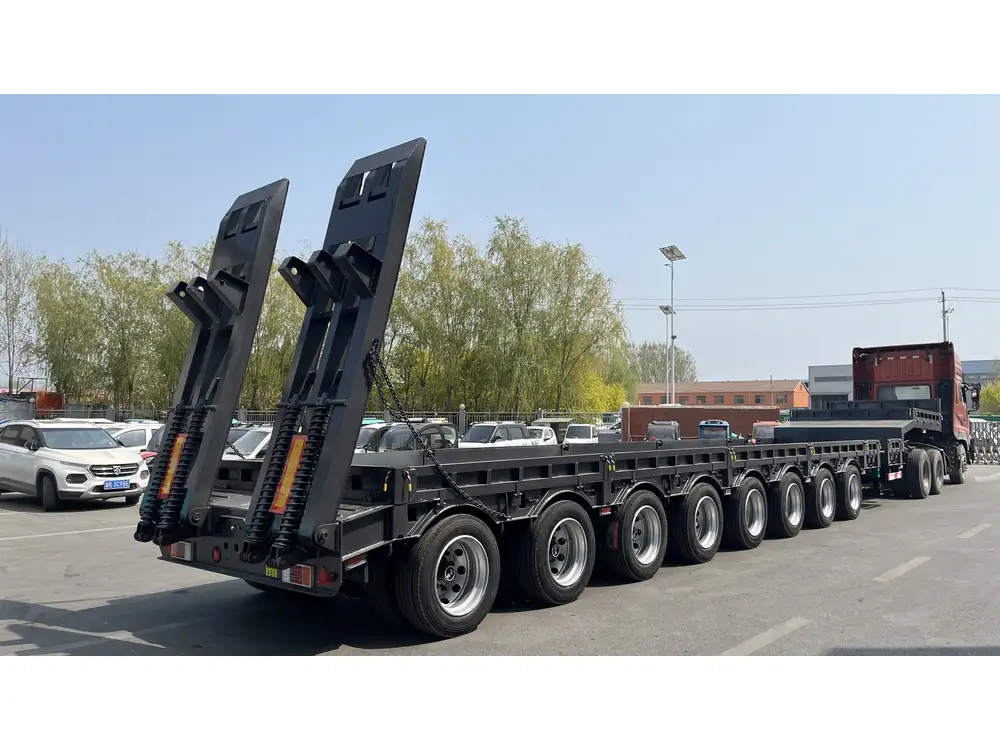
When to Seek Professional Help
Recognizing the Threshold of Infestation
If semi-permanent trails are identified, and physical signs indicate carpenter ant activity, it may be time to engage a pest management professional. Consider professional intervention in the following scenarios:
- Persistent Trails: If trails continue to appear despite attempts at control.
- Colonial Expansion: Evidence of growing frass accumulations or sightings of winged ants (indicating mating and further colonization).
- Structural Damage: Signs of significant wood damage warrant immediate attention to prevent further complications.
Pest Control Solutions
When opting for professional pest control, a multi-faceted approach generally yields the best results. Possible interventions include:
Baiting Systems: Baits that attract carpenter ants containing slow-acting insecticides allow foragers to transport the poison back to the nest, effectively targeting the queen and disrupting the colony.
Insecticide Applications: Residual insecticides can be strategically applied along trails and potential entry points.
Cultural Controls: Property owners should also consider repair strategies to eliminate moisture problems and secure vulnerable areas against re-entry.
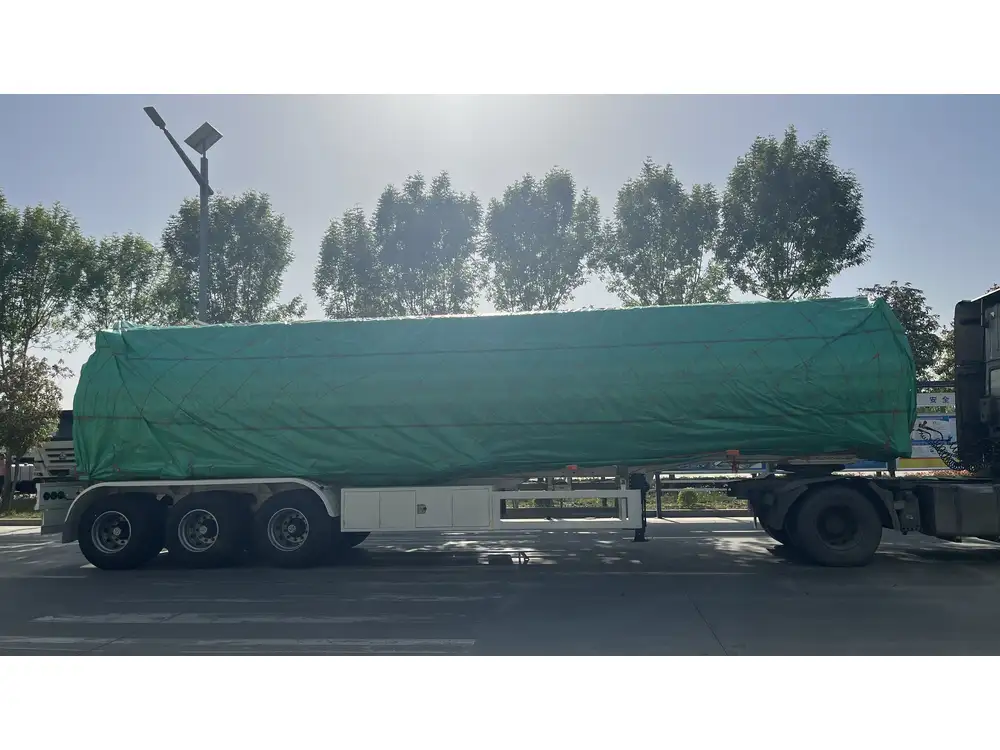
Preventative Measures: Long-term Solutions
To deter carpenter ants, implementing preventative strategies is essential.
Key Preventative Practices
- Moisture Control: Repair leaks and ensure proper drainage.
- Wood Protection: Seal or replace compromised wood. Use treated wood where possible, especially for external structures.
- Routine Inspections: Regularly inspect properties for early signs of infestation.
- Elimination of Food Sources: Maintain cleanliness in kitchen and storage areas to remove food attractants.
Long-Term Structural Integrity
Ultimately, maintaining the integrity of the structures can significantly reduce the risk of carpenter ants invading your living or working space.
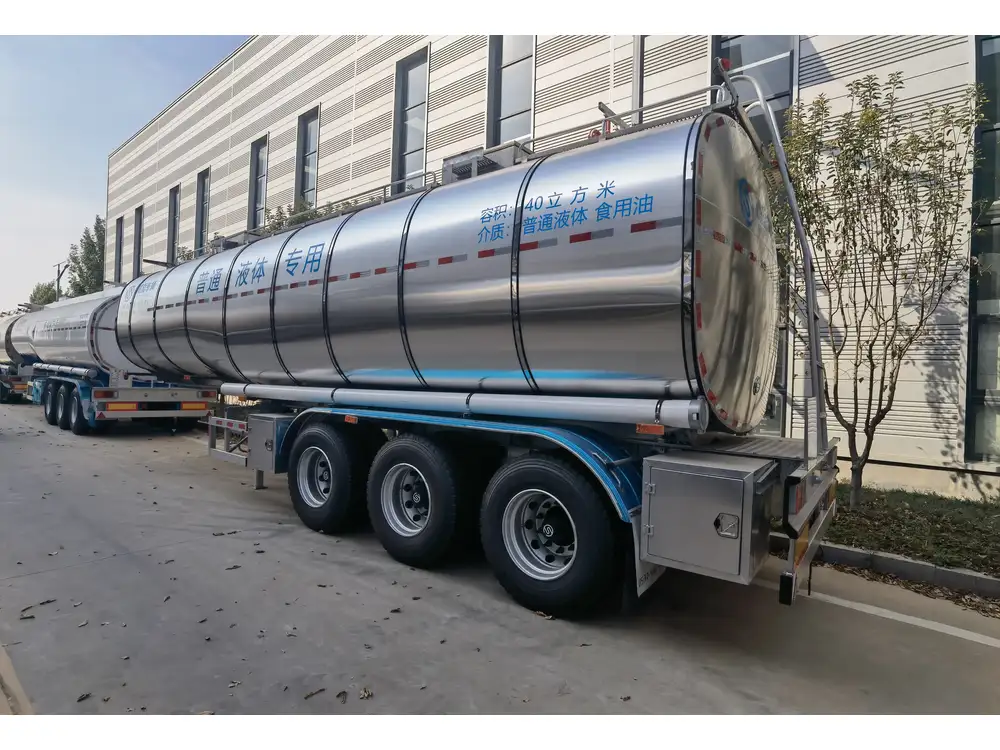
Conclusion
The emergence of semi-permanent trails is not merely a happenstance; it signifies consistent carpenter ant activity and the potential for extensive damage to your property. Understanding the biology and behavior of these insects, recognizing the signs of their presence, and knowing when to seek professional assistance are crucial steps for any homeowner or building manager. Early intervention, coupled with preventive strategies, will safeguard your structures against the hidden menace lurking within.
In summary, while semi-permanent trails serve as key indicators of carpenter ant infestations, a proactive, informed approach can effectively intercept these wood-destroying pests before they become a significant problem. By establishing good practices and remaining vigilant, property owners can protect their investments and ensure peace of mind in their environments.



